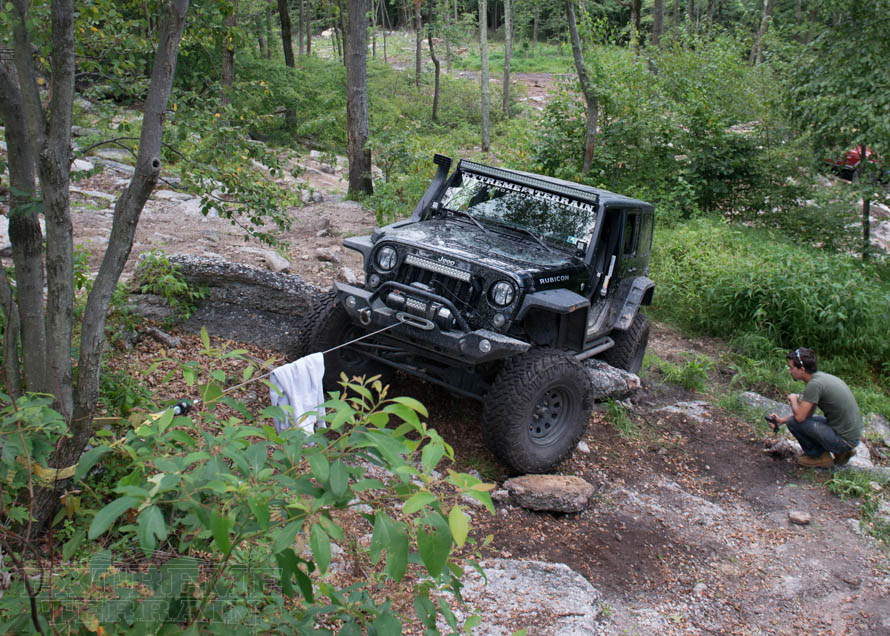Trail safety is the most important concept for any avid wheeler to know before heading off-road with a Jeep, as it can potentially save your life in the case of an emergency. If your vehicle crashes or gets stuck off-road, or if you happen to encounter another wheeler in distress, it is crucial to know the fundamentals of winching and recovery, as well as basic safety precautions. This will ensure you, as well as those around you, enjoy the off-roading experience to its fullest potential.
Contents
Shop Wrangler Recovery Gear
Having the proper tools for the job is wrenching 101, and it's no different when out on the trail. A solid anchor, tree protector, or even as something as "mundane" as a shovel, could be the difference between being wedged in beyond your ability to recover and making it home in time for dinner.


